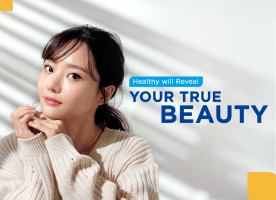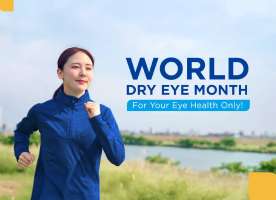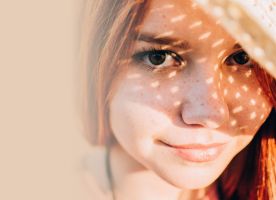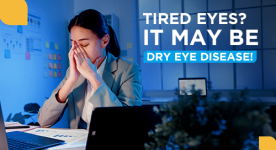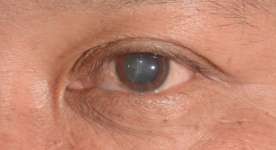Dry eye disease: What does the doctor say?
Dry eye disease (DED), in some cases, maybe more complicated than you think. Symptoms may differ from person to person, and the severity is not always the same. How can you handle that? Let’s hear about treatment options from eye doctors.
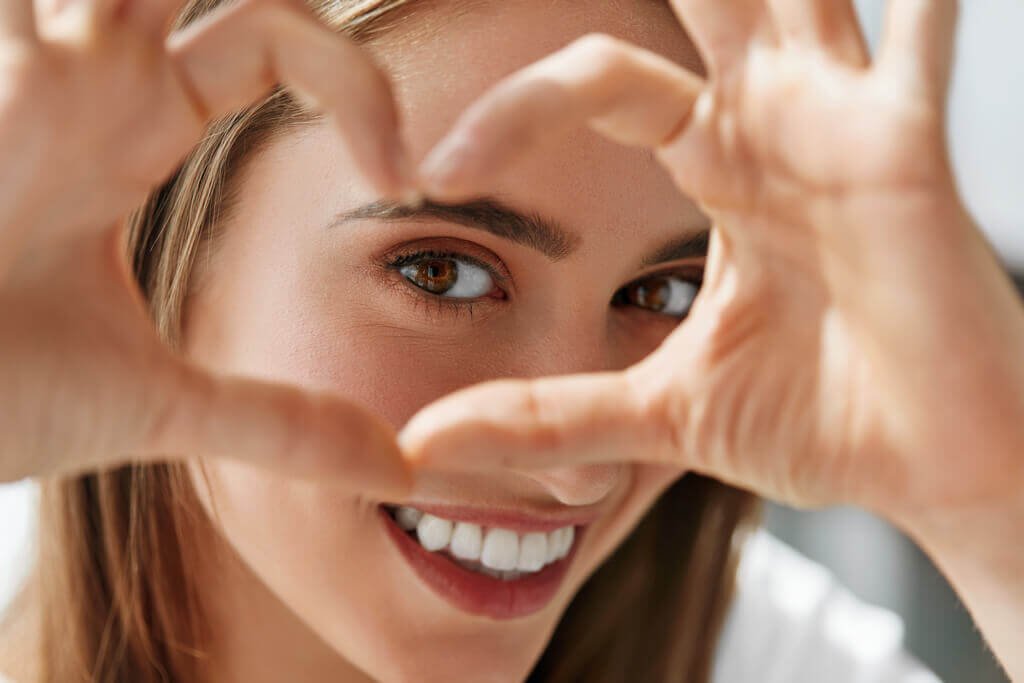
1. Non-preserved ocular lubricants: Also called preservative-free eye drops. This is a really good choice to relieve your symptoms, and you do not even have to worry about the side effects of strange chemicals.
2. Tea tree oil: This treatment could be used if you have Demodex (a kind of parasite). Keep in touch with your doctor and do not try this at home without instruction.
3. Tear conservation: The doctor could use punctal occlusion as a plug, put it in your eye to stop tear drainage. Another way to preserve your tear is by wearing moisture chamber spectacles/goggles. This solution will be successful when combined with other treatments.
4. Overnight treatments: Some ointments or moisture chamber devices may act like a shield, which protect and keep your eyes comfortable during the sleep.
5. Heating: Physical exercises, like palming, could keep your eyes warm and reduce the symptoms. Sometimes, you may also need a prescribed device to stimulate the meibomian glands to produce more tears.
6. Light therapy: Sometimes, the doctor could use a special machine to provide your eyes with infrared light. This option is somehow similar to heating treatment and is effective in improving the meibomian glands’ function.
7. Prescription drugs to manage DED:
There are three main drug choices, which can relieve symptoms/treat DED:
- Topical antibiotic: Prescribed antibiotics are very useful if you are suffering DED with infections. Sometimes, the doctor could use the antibiotic/steroid combination to manage the disease effectively.
- Topical inflammatory: Steroid and cyclosporine are the most popular options to control the inflammation in DED. These choices, however, have many side effects. Ask your doctor first, before taking any medications.
- Topical secretagogues: This solution could stimulate your eyes to create more tears, facilitate the tear film with mucin and keep it stable.
8. Autologous/allogeneic serum: This type of eye drops could provide your eyes with necessary nutrients (vitamins, proteins, etc.), which help to maintain and heal the eye surface.
9. Therapeutic contact lens: Normal contact lens is the direct cause of DED sometimes. Therapeutic ones, however, could help to protect your tears from excessive evaporation. You will need advice from eye doctors to choose suitable lens for your condition.
10. Amniotic membrane grafts: This is a thin, artificial layer that is put in your eyes for surface protection, as well as partly replace the unstable tear film.
11. Surgical approaches: If your DED is worse than you think, your doctor might suggest surgical approaches. This is the ultimate method to deal with DED.
Overall, keeping your tear film stable and healthy is the most important target in treating DED. Do not try some “rumor” treatments, and see your eye doctor as soon as possible.
- Jones L, et al. TFOS DEWS II Management and Therapy Report. The Ocular Surface. 2017:580-634


